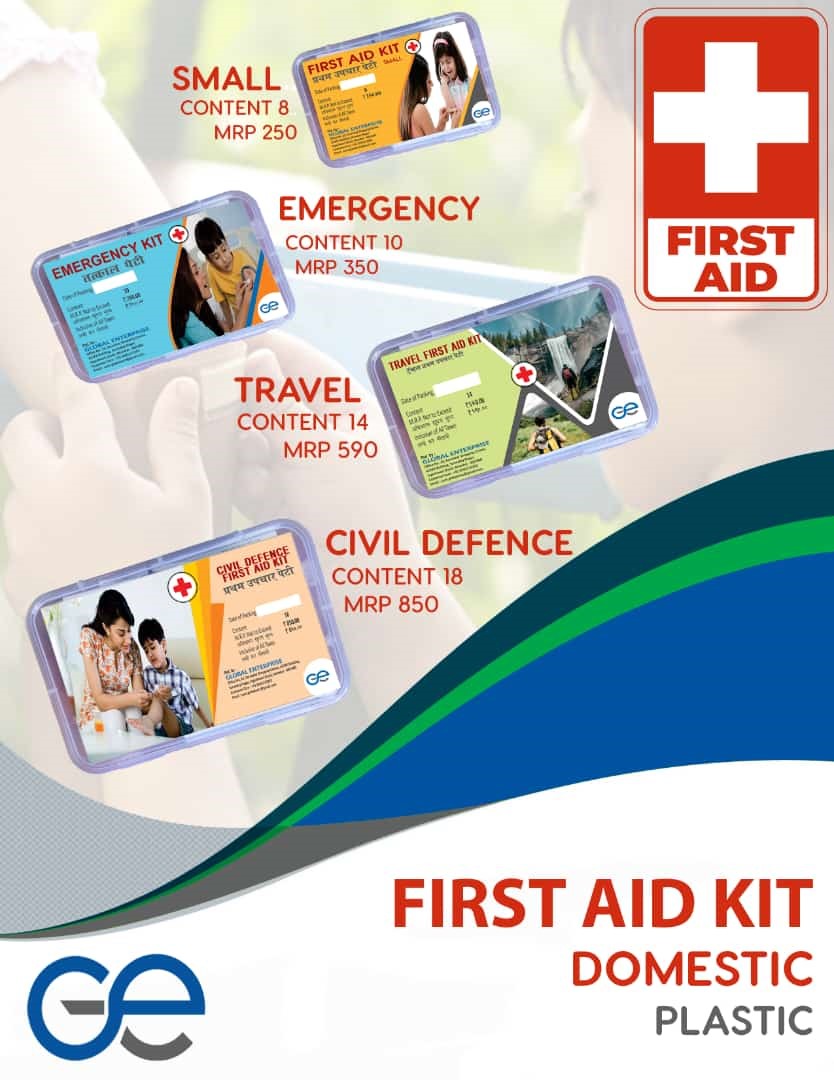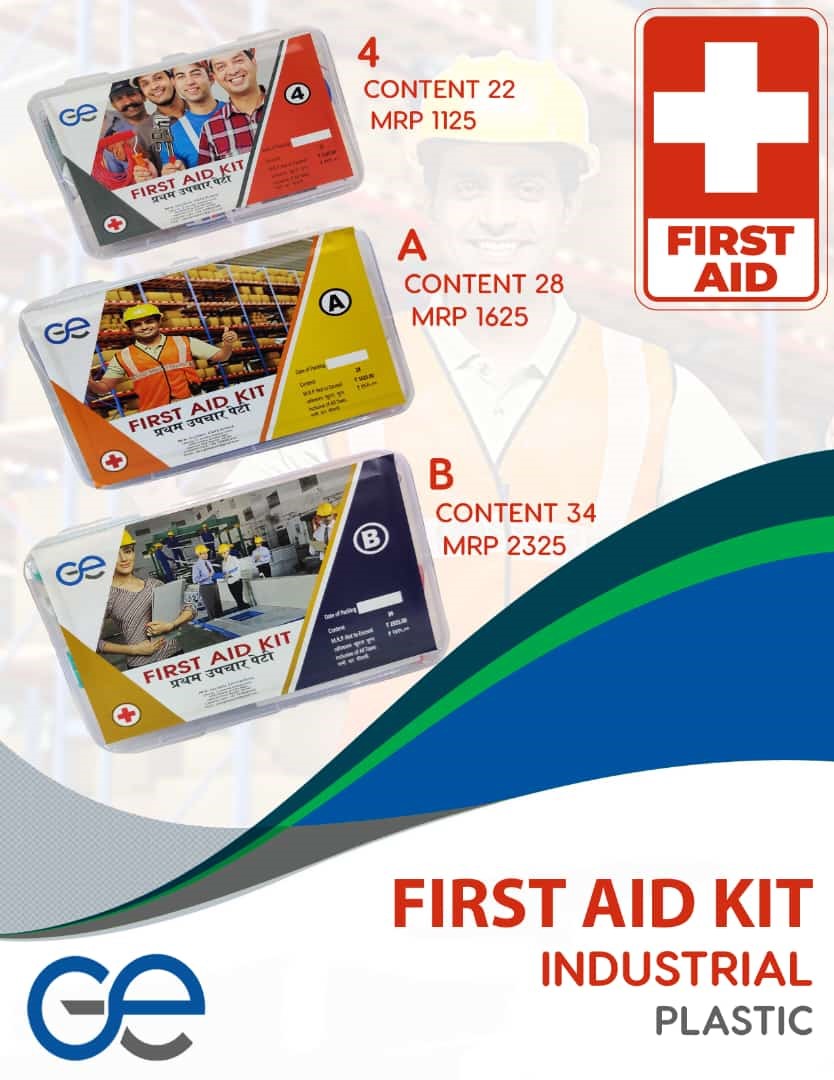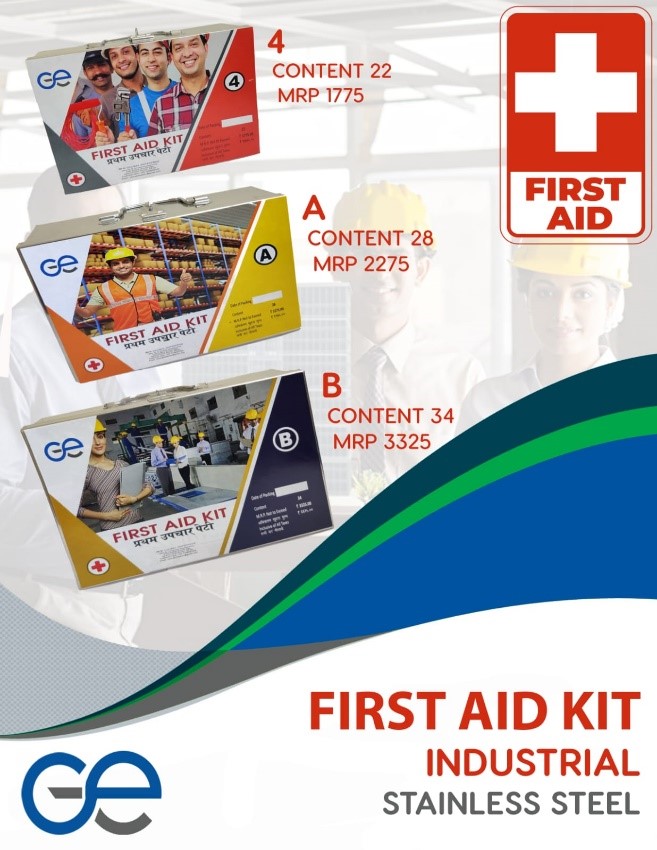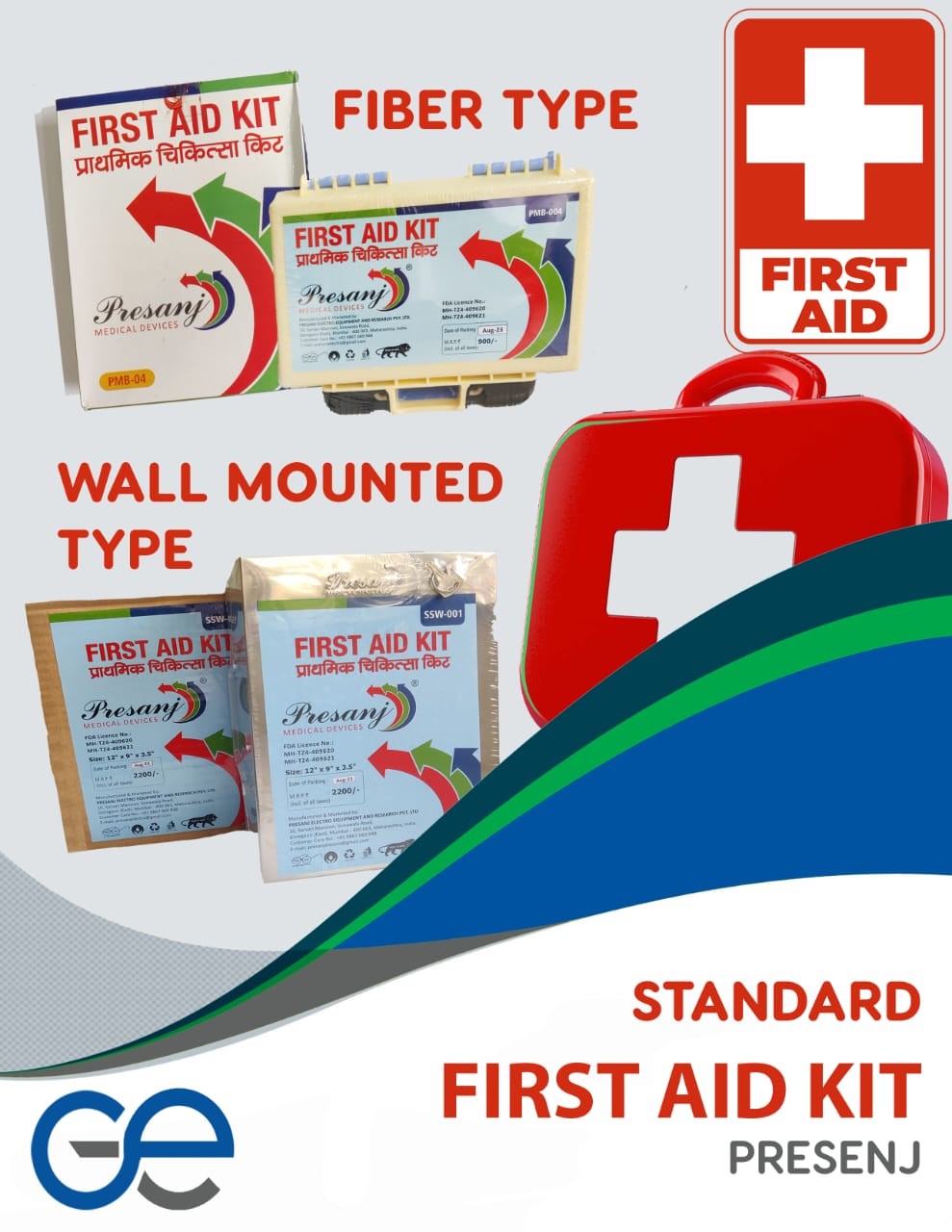
What is a first aid kit used for?
Treating injuries & Kit Fill List
A first aid kit is a box, bag or pack that holds supplies used to treat minor injuries including cuts, scrapes, burns, bruises, and sprains. More elaborate first aid kits can also include survival supplies, life-saving emergency supplies or convenience items like bug sting wipes or cold & flu medicines.
Individuals who want to prepare for medical emergencies or if they have an injury will want to have the appropriate first aid supplies ready to use. The purpose of this article is to give you an idea of the types of injuries to prepare for and a list of the supplies used for each injury. There is a supply list for basic first aid kits that can be used for the injuries described. As always, when possible, seek medical attention for any serious injuries.





